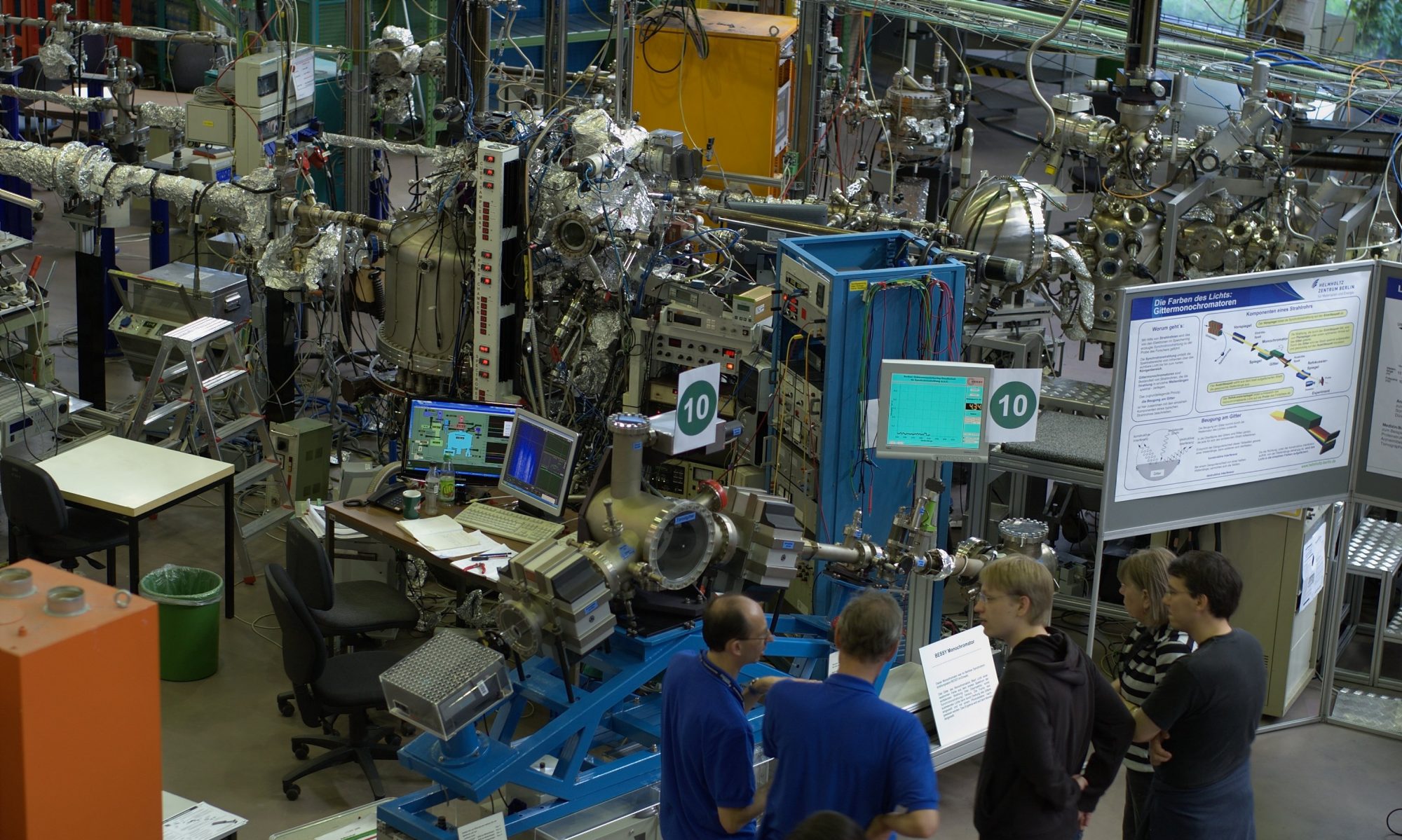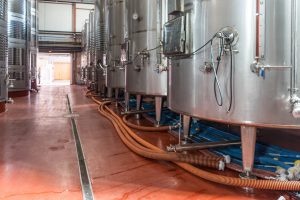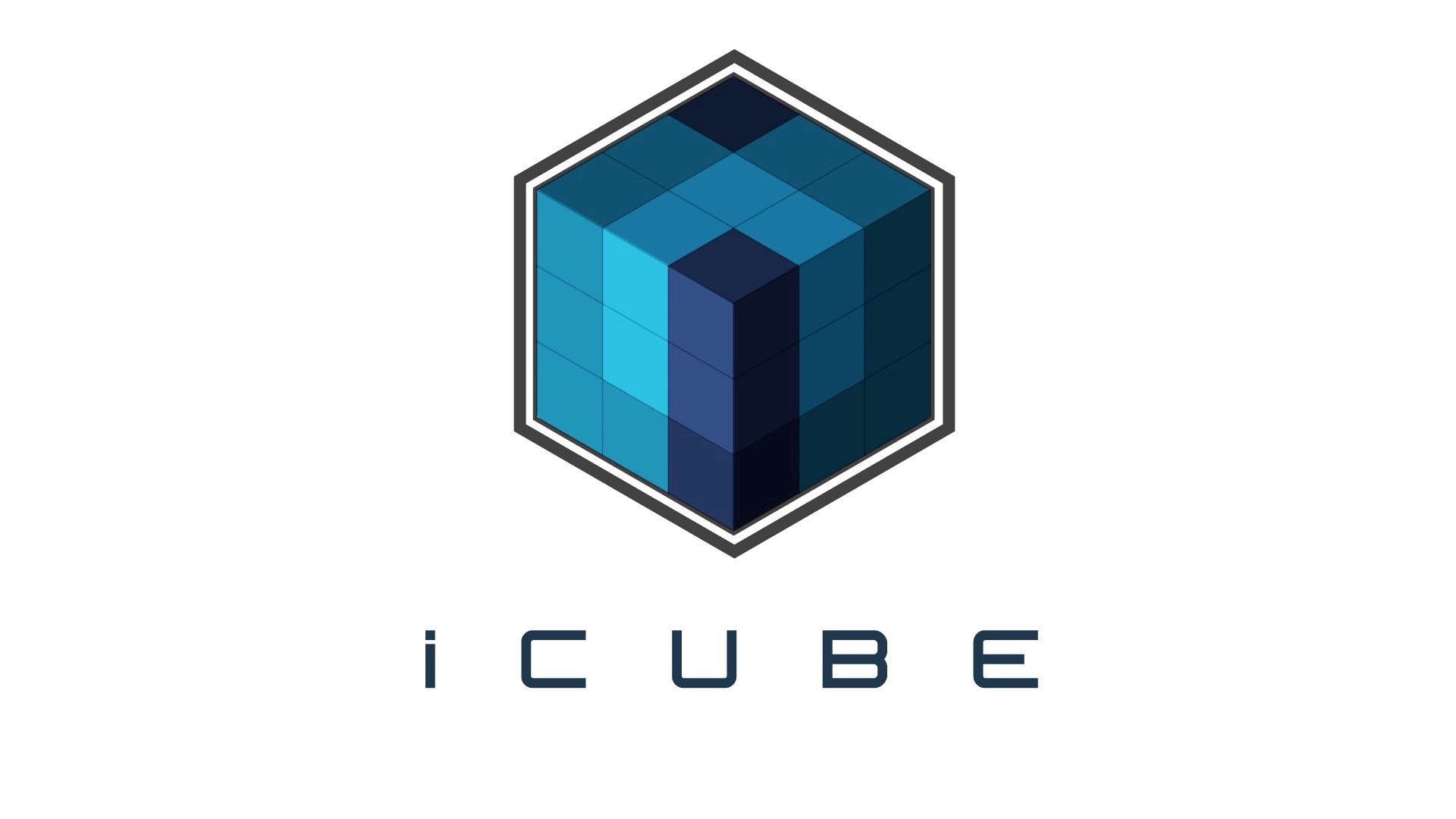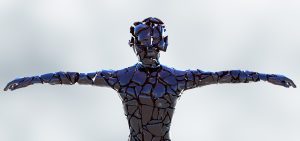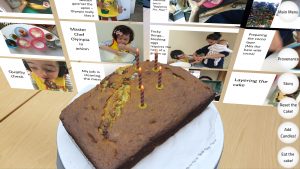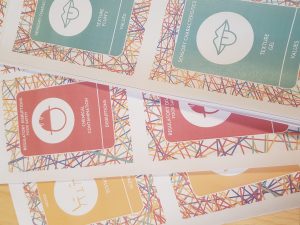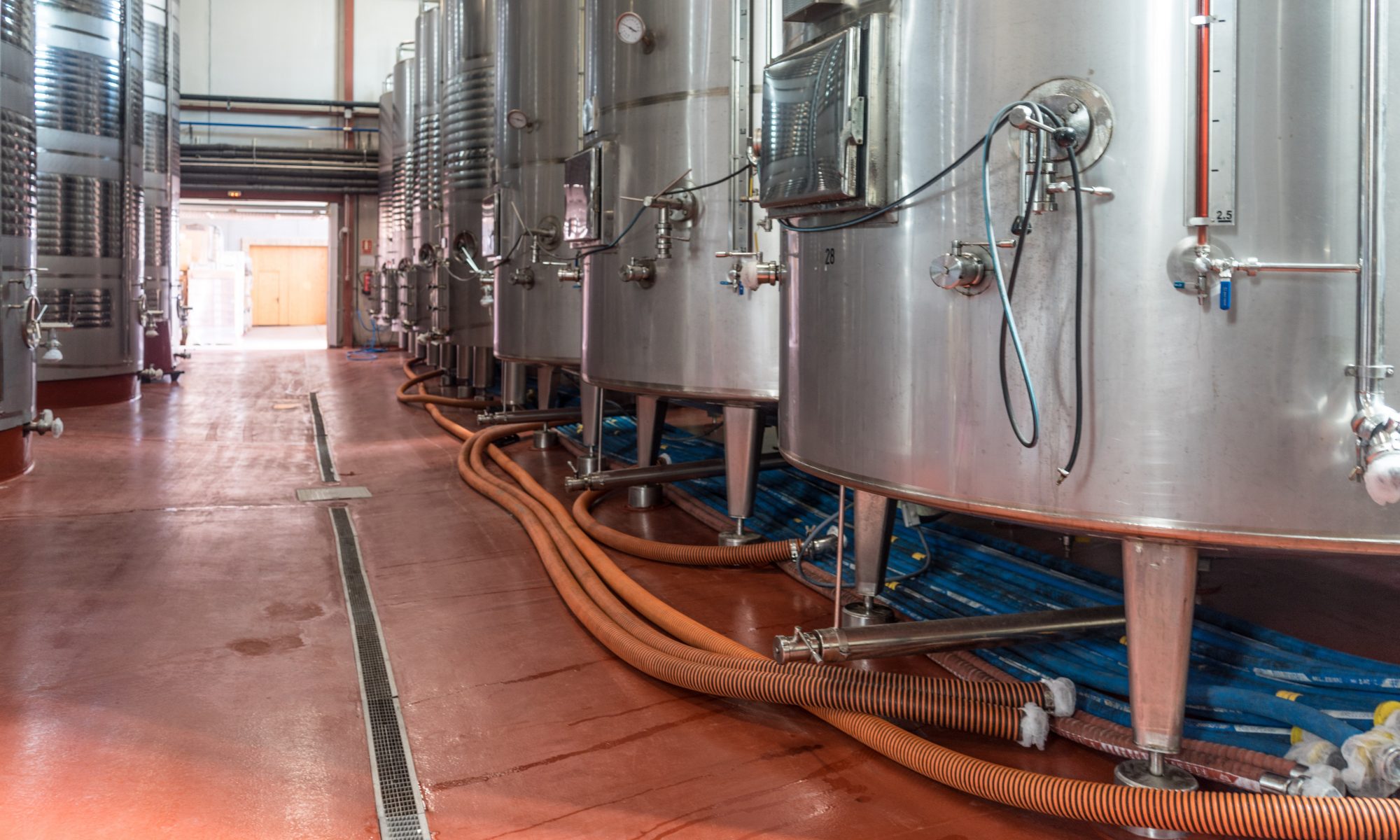
I was introduced to the RoboClean project at Horizon whilst interning with the Advanced Data Analysis Centre. The project investigates the ways in which end-users interact with a robot vacuum cleaner and how a robot responds to user utterances; the aim being to inform its effective design and use within food factories.
I was invited to continue my internship for 5 more weeks within Horizon to help with the analysis of data collected through an elicitation study. Overall, this has been a really valuable and rewarding experience. Coming from an academic background in Sociology, I found working closely with researchers specialising in Computer Science exposed me to different research aims and challenges than I had previously encountered. This has been insightful for me as it has not only helped develop new skills in research analysis and interview techniques, but also applied the principles of a range of research methods gained during my academic studies over the past 2-years to cutting edge technological developments.
I have been responsible for transcribing participants’ audio data, analysing visual data, and creating a summary written report of participants’ interview responses. The focus of the report was on the benefits, limitations, and disadvantages experienced by users from the user-robot interactions. The attendance at a range of team meetings has also been beneficial in understanding interactions within a work environment, especially where individuals are working together from across a range of disciplines. Combined with the skills I have learned at workload prioritisation and management, this has made me confident to face future work situations and dilemmas. Additionally, I have written literature reviews on the topic of human-robot interaction. Being able to explore these new topics has also helped me see how issues explored in Sociology are becoming increasingly influenced by the world of technology, for example, how individuals’ day-to-day lives are mediated by the introduction of robots to the workplace. The multidisciplinary projects throughout Horizon have therefore also been interesting to work alongside, clearly showing the benefit of collaborative projects in producing innovative findings.
Contributing to a research project which is aiming for publication in a research journal has been hugely rewarding and exciting, and has made the idea of working in a similar environment after graduating a lot more persuasive.
Written by Charlotte Gray
